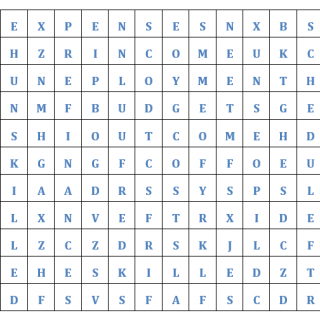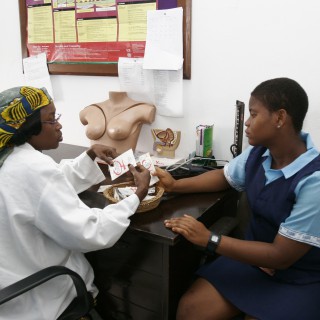 She could have yielded to the pressure to discharge the patient after she saw the symptoms, but Dr. Stella Adadevoh decided to stand her ground and do her job; saving a nation from untold danger and losing her life in the process.
She could have yielded to the pressure to discharge the patient after she saw the symptoms, but Dr. Stella Adadevoh decided to stand her ground and do her job; saving a nation from untold danger and losing her life in the process.
Dr. Adadevoh was an endocrinologist from an illustrious family of physicians, politicians, statesmen and clerics. Her father, the late Dr. Babatunde Kwaku Adadevoh, was a renowned physician and former vice-chancellor of the University of Lagos, while her grandmother was the daughter of Sir Herbert Samuel Macaulay.
As the Head of Operations of First Consultants Hospital, the 58 years old doctor led the medical team that treated Mr. Patrick Sawyer when he was rushed to the hospital. When she noticed he was not responding to treatment for malaria earlier suspected, she went further to run other tests which detected that Sawyer was infected with the Ebola Virus Disease.
She immediately took all necessary containment measures including isolating the patient, refusing him to be let out of the hospital, commenced barrier nursing and simultaneously contacted the Lagos State Ministry of Health and the Federal Ministry of Health. This response was instrumental in saving Nigeria from an outbreak of EVD.
Dr. Stella Adadevoh paid the supreme sacrifice by her patriotism and outstanding professionalism. She remains our national icon and will be remembered for good in the annals of the history of Nigeria.
Quick Facts about Ebola
- Ebola Virus Disease (EVD) formerly known as Ebola haemorrhagic fever is a severe, often fatal illness, with a death rate of up to 90%. The illness affects humans and non-human primates (monkeys, gorillas, and chimpanzees).
- Ebola first appeared in 1976 in two simultaneous outbreaks, one in a village near the Ebola River in the Democratic Republic of Congo, and the other in a remote area of Sudan.
- Ebola is contacted through close contact with the blood, secretions, organs or other bodily fluids of infected animals or persons. It is therefore important to reduce contact with high-risk animals.
- During an outbreak, those at higher risk of the infection are: Health workers; Family members or others in close contact with infected people; Mourners who have direct contact with the bodies of the deceased as part of burial ceremonies.
- The incubation period, or time interval from infection to onset of symptoms, is from 2 to 21 days. The patients become contagious once they begin to show symptoms. They are not contagious during the incubation period, and it can only be confirmed through laboratory testing.
- The symptoms are deceptively general – tending to look a lot like malaria or flu. The first and most important thing is a HIGH and SUDDEN FEVER plus any of these other signs: Diarrhea, vomiting, weakness, joint or muscle pains, stomach pain, lack of appetite, sore throat, bleeding etc.
- There is currently no specific treatment to cure the disease.
There are a few things to protect yourself and your family.
- Wash Your Hands with Soap and Water. Do this a lot. You can also use a good hand sanitizer. Avoid unnecessary contact!
- Keep a Clean Environment
- Report any suspicious symptoms in yourself or anyone else IMMEDIATELY you notice them. Don’t delay!!







You must be logged in to post a comment.